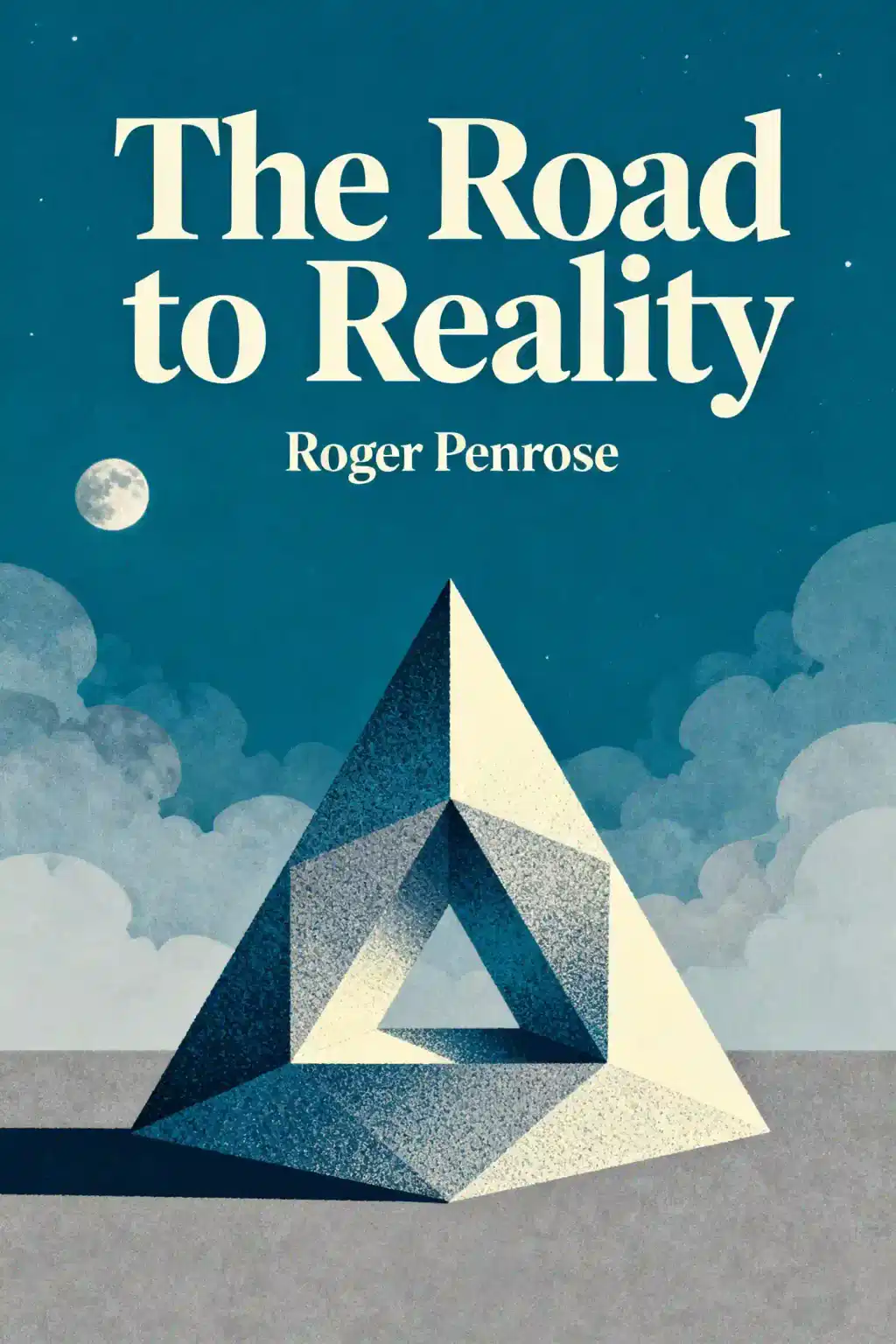What is
Seven Brief Lessons on Physics by Carlo Rovelli about?
Seven Brief Lessons on Physics offers a concise introduction to modern physics, exploring Einstein’s relativity, quantum mechanics, black holes, elementary particles, and the nature of time. Rovelli distills complex concepts into poetic, accessible explanations, emphasizing the universe’s beauty and the unanswered mysteries of physics.
Who should read
Seven Brief Lessons on Physics?
This book is ideal for curious readers with little scientific background who seek a clear, engaging overview of physics’big ideas. It’s also valuable for science enthusiasts wanting a refresher on 20th-century breakthroughs, written with lyrical simplicity.
Is
Seven Brief Lessons on Physics worth reading?
Yes—it’s praised for transforming abstract concepts into vivid, relatable prose. At under 100 pages, it balances depth with brevity, making it a perfect primer for casual readers and a source of inspiration for deeper exploration.
How does Carlo Rovelli explain Einstein’s theory of relativity?
Rovelli describes relativity as a revelation that space and time are dynamic fields, curving around mass. He illustrates this with metaphors like Earth “sagging” spacetime like a weight on a trampoline and the universe’s expansion as an inevitable consequence of Einstein’s equations.
What are the key quantum mechanics concepts in the book?
Rovelli highlights quantum theory’s strangeness: particles existing as probabilities, wave-particle duality, and the role of quantum fields. He emphasizes that reality at this scale is a “swarm of fluctuations” rather than static matter.
How does Rovelli describe spacetime?
Spacetime is portrayed as a flexible, rippling fabric—a “gigantic snail-shell” shaped by matter and energy. Time itself bends near massive objects, and black holes represent extreme curvatures where space collapses.
What does
Seven Brief Lessons say about elementary particles?
The book explains that protons and neutrons consist of quarks, bound by gluons. Rovelli notes the Standard Model’s limitations and the unresolved quest to unify quantum mechanics with gravity.
How does thermodynamics relate to time in the book?
Rovelli links heat’s dissipation to time’s arrow—the reason we perceive time moving forward. Entropy’s increase in systems like black holes underscores thermodynamics’ role in shaping cosmic history.
What is the conflict between relativity and quantum mechanics?
While relativity governs cosmic scales and gravity, quantum rules the subatomic world. Their incompatibility drives modern physics’ quest for a unified theory, such as loop quantum gravity, Rovelli’s research focus.
What are memorable quotes from
Seven Brief Lessons?
- “Space curves where there is matter.”
- “The world is a collection of…vibrations, not things.”
These lines encapsulate Einstein’s relativity and quantum theory’s probabilistic nature, reflecting Rovelli’s poetic clarity.
How does
Seven Brief Lessons compare to
A Brief History of Time?
Both simplify complex physics, but Rovelli’s book is shorter and more lyrical, focusing on conceptual beauty rather than detailed explanations. It’s ideal for readers prioritizing brevity and elegance over technical depth.
Why is
Seven Brief Lessons relevant in 2025?
As advancements in quantum computing and gravitational wave detection accelerate, Rovelli’s primer remains a timeless guide to foundational ideas shaping cutting-edge research—from black hole thermodynamics to spacetime’s quantum structure.














